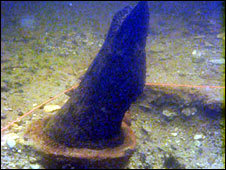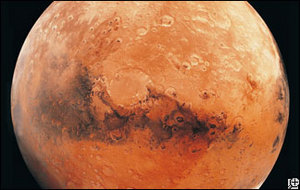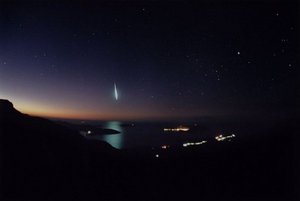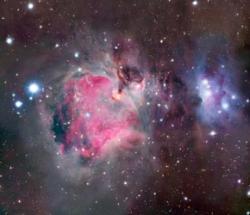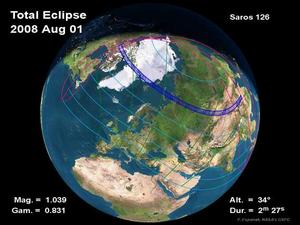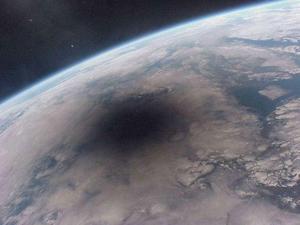
|
| ©CNES
|
A solar eclipse that occurred more than 3000 years ago may be mentioned in the Odyssey, an ancient poem based on Greek mythology, a new study suggests.
The poem, attributed to the poet Homer, describes the 10-year journey that its hero, Odysseus, took to return home to Ithaca, a Greek island in the Ionian Sea, after the end of the Trojan War. The war was waged over the beautiful Helen of Troy, a daughter of the god Zeus.
Days before Odysseus returned home to kill the 108 suitors courting his wife, a prophet predicted the men's doom. "The Sun is blotted out of heaven, and a blighting gloom is over all the land," the sage said.
In fact, a total solar eclipse - in which the disc of the Sun was blocked by the Moon - is calculated to have taken place on 16 April 1178 BCE over the Ionian Islands.
That is around the estimated end of the Trojan War, which despite its appearance in mythology may represent an actual conflict or series of conflicts in the city of Troy in the 12th century BCE.
